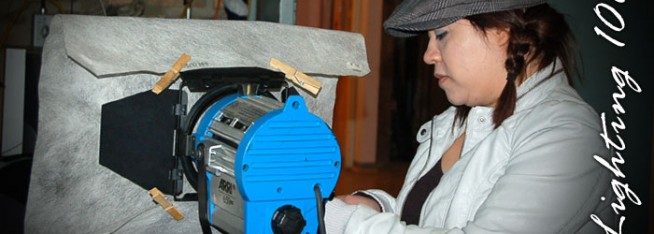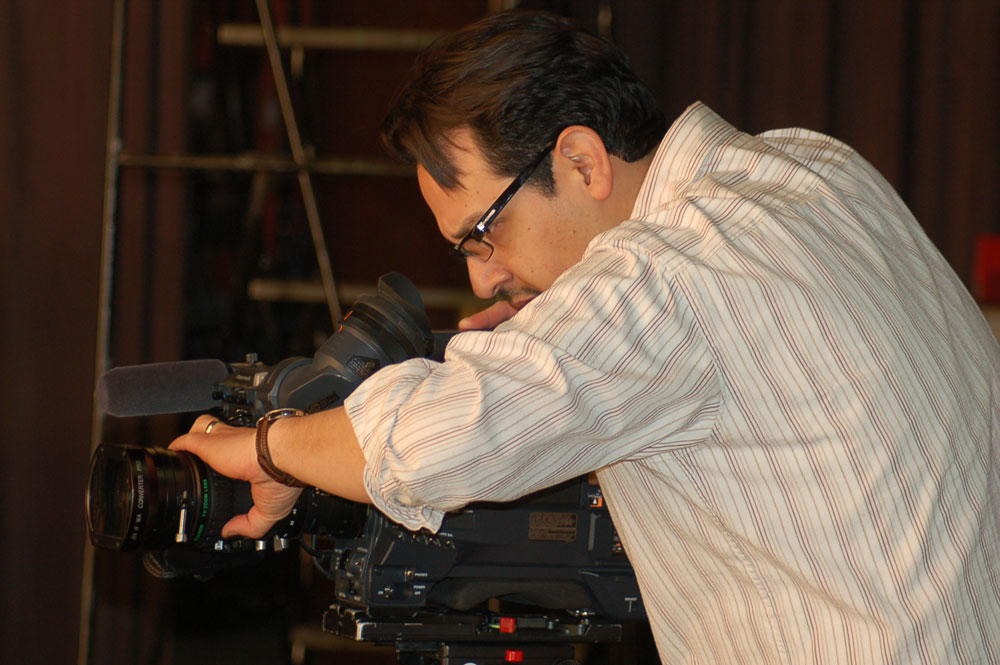Right off the bat, I’m sure many of you are saying that’s pretty important, being able to see what you’re shooting, right? So, I’m not talking about big projects folks like me shoot on a regular basis. Of course professionals are going to light their scene. This article is designed for the home grown Video Blogger, the business professional who is starting a Youtube V-blog site and doesn’t warrant hiring someone like us to do daily affirmation video clips on the virtues of ROI with their CEOs.
I’ve got professional business friends who shoot video blogs for real-estate firms, law firms, etc. who regularly drag out their DSLRs and shoot a quick little clip and post it on line for customers and stock holders to ogle at. How can I improve my video clips? What can I do to make it better? Help me Obi-Wan Kenobi. I’ve reminded them to take the time and make the investment in two very important things no V-Blogger should be without, lights and microphones.
Like I said, we’re not going to preach ‘Lighting 101’ to seasoned video pros. That’s like telling a beaver how to make a dam. One thing that will vastly improve your shot with very little effort is lighting it. There are many aspects of video production the public takes for granted. Sound is one. Lighting is another.
Of course professional lighting takes time and effort. We light using basic lighting principals and skill sets. Lighting a scene takes knowledge of how light reacts with surfaces, how it bounces and reflects or is absorbed, how color temperatures affect the overall scene and what the difference is between keying, back lighting, filling and gelling. When setting up a simple scene the one thing you should remember is make sure your head-shot is lit. If you only have one lighting instrument place it in front of your subject slightly higher than eye line to avoid harsh spooky shadows similar to lighting from below. Make sure you are not too close to your subject. If the light does not have dimming capabilities place the instrument a good few feet away from the subject and make adjustments as you go. The distance will vary depending on the light. You will have to be the judge. Make sure you can monitor your video coming from your camera. If you feel adventurous put some sort of softening diffusion material over the light (don’t burn the house down). This will diffuse or spread the light more evenly to cover the subject instead of making it look like there is a harsh spot-like effect on him/her. Diffusion is one of many little tricks we pros have in our magic bag. If you know how to use a light meter more power to you.
The trick is to make sure your scene is light naturally and evenly. Take a look at a random web sample here and you’ll see the difference. Take the time to do it right. Your CEO will thank you.




 Professional Media Creative Services since 1994
Professional Media Creative Services since 1994
We’re Very Social